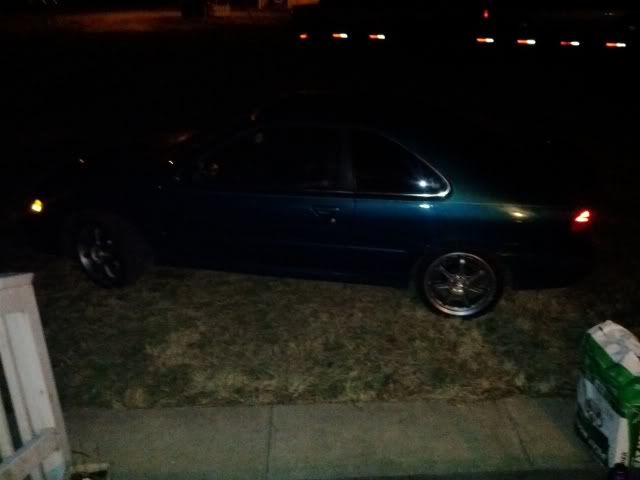I know exactly the wear pattern you are describing. It was obvious to me from looking at the first pic. I have spent almost the last 10 years running garages so I have seen just about every issue that can happen with a vehicle. This is not something that is surprising to me in the least. It will happen when snow tires are used in conditions that they are not meant for, meaning hotter weather. I will say it one more time, the compound they are made out of is designed to work in cold weather. When you use snow tires in hot weather you will get a chopped wear on the tires. I used to sell a ton of Nokian WR tires when they first came out. They were advertised as an all season tire with the grip of a snow tire and living in the north east it sounded like a great idea to people who were not looking to change tires but still wanted to be able to get up hills in the snow. Well that was a major fail on Nokian's part. Needless to say, I had many pissed off customers because I went by what the company that made the tires said until I saw what happened. It was a great selling point in the north east and made selling the tires very easy. The problem was that they were really a 3 season tire. As soon as the pavement was hot, the tires exhibited the same wear pattern that your tires are. Nokian was aware of the problem but continued to market the tires as all season. I know they were aware because they redesigned the tire and came out with the WR G2, which was supposed to correct the issue. The tires lasted longer but still didn't last like an all season should and showed the same wear pattern, especially on heavier vehicles. I never sold those tires again unless the customer insisted. The ones that insisted were the ones that got lucky and didn't have severe wear issues. They loved the fact that they could keep them on all year and not get stuck when we had snow. Just get a set of all seasons off of tire rack and your problem will be magically fixed. You don't have to worry and over think this. I am telling you what is happening with your car from experience, not just a wild guess. Stop over analyzing this and listen to what we are saying. The fact that the tires were studded made the situation even worse because studs, being that they are metal, create even more heat when they contact the pavement. I am done for the evening as I spend 60 plus hours a week explaining things like this to people. I am just trying to give you a simple answer to a simple question and you are looking for an issue that just isn't there.
Drew
Drew








 Be the first to like this post.
Be the first to like this post.

 Back to top
Back to top
